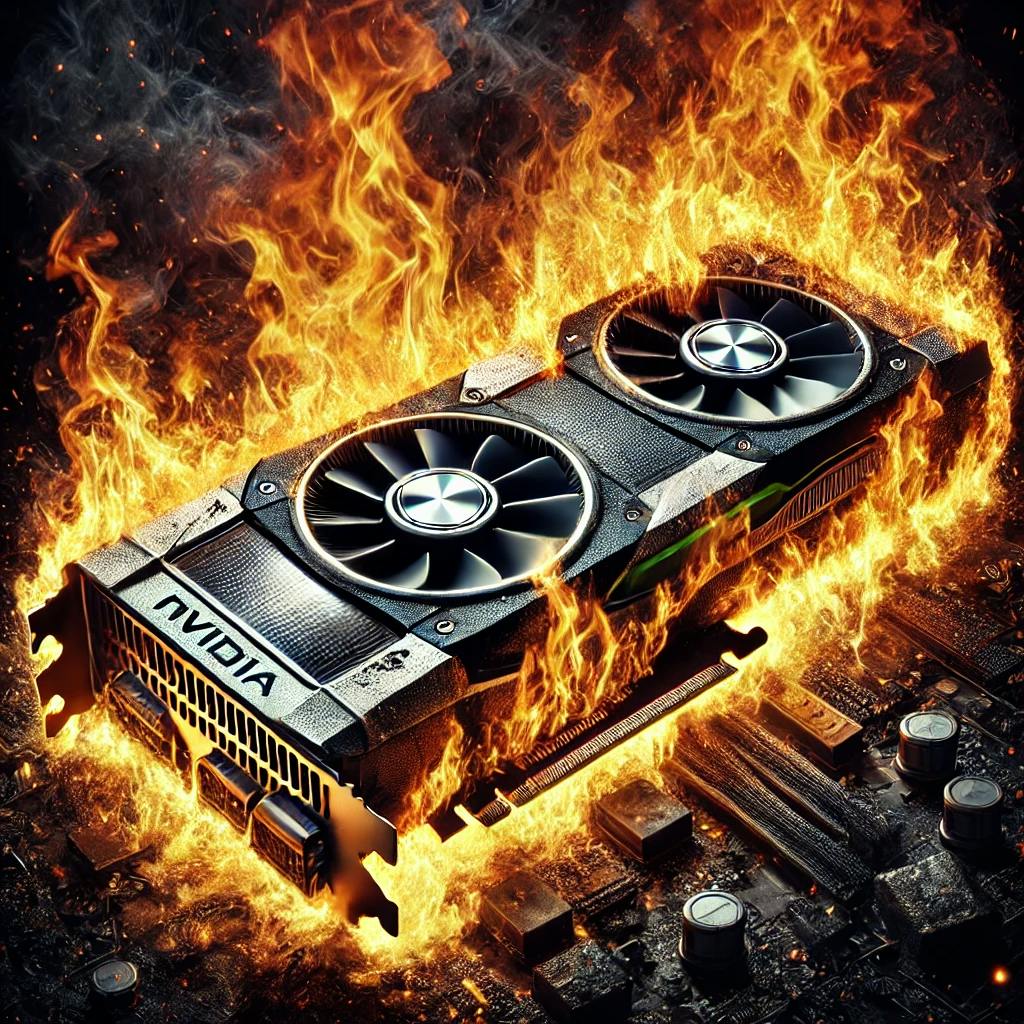Nvidia’s recent unveiling of the GeForce RTX 50-series graphics cards has generated significant buzz in the tech community. The lineup, introduced at CES 2025, includes the RTX 5070, 5070 Ti, 5080, and the flagship 5090, with prices ranging from $549 to $1,999. These GPUs are built on Nvidia’s new Blackwell architecture and feature GDDR7 memory, promising substantial performance improvements over the previous generation.
Anticipation for the RTX 50-series was high, fueled by Nvidia CEO Jensen Huang’s keynote at CES 2025. Huang emphasized the integration of advanced AI technologies into the new GPUs, particularly the DLSS 4 with Multi Frame Generation, which leverages AI to enhance frame rates and visual quality. This announcement positioned the RTX 50-series as a significant leap forward in both hardware capabilities and AI-driven gaming enhancements.
However, early reviews present a mixed picture.
The Verge’s assessment of the RTX 5090 highlights its impressive 4K gaming performance and the benefits of DLSS 4, noting frame rate improvements of up to eight times in certain titles. However, the review also points out that the most significant gains are observed in DLSS-supported games, suggesting that raw performance improvements may be less pronounced in other scenarios.
Similarly, Wired’s review of the RTX 5080 acknowledges its strong 4K gaming capabilities and AI-powered enhancements but questions whether the performance uplift justifies the $1,000 price tag, especially when compared to previous models.
From a business perspective, the RTX 50-series launch underscores Nvidia’s strategy to maintain its leadership in the GPU market by integrating cutting-edge AI technologies. The emphasis on AI-driven features like DLSS 4 reflects the company’s broader vision of AI as a “multitrillion-dollar opportunity,” as articulated by Huang.
However, the launch has not been without challenges. Investor reactions have been cautious, with Nvidia’s stock experiencing a 6% drop following the CES announcement. This suggests that while the technological advancements are noteworthy, there are concerns regarding immediate returns and broader market conditions.
Additionally, supply constraints and pricing discrepancies have marred the initial rollout, leading to frustration among consumers and potential impacts on Nvidia’s brand reputation. The company will need to address these issues promptly to capitalize fully on the RTX 50-series’ technological innovations.
Nvidia’s trajectory has consistently been marked by a push toward integrating AI into its hardware offerings. The RTX 50-series represents a culmination of this approach, embedding AI not just as a supplementary feature but as a core component of the gaming experience. This aligns with Nvidia’s broader business strategy of positioning itself at the nexus of AI and high-performance computing, a move that has significant implications for industries ranging from gaming to autonomous vehicles.
While the technological advancements are impressive, the company faces challenges related to pricing, availability, and market reception that will need to be navigated carefully in the coming months.











